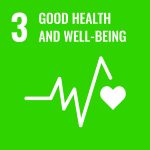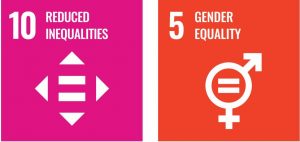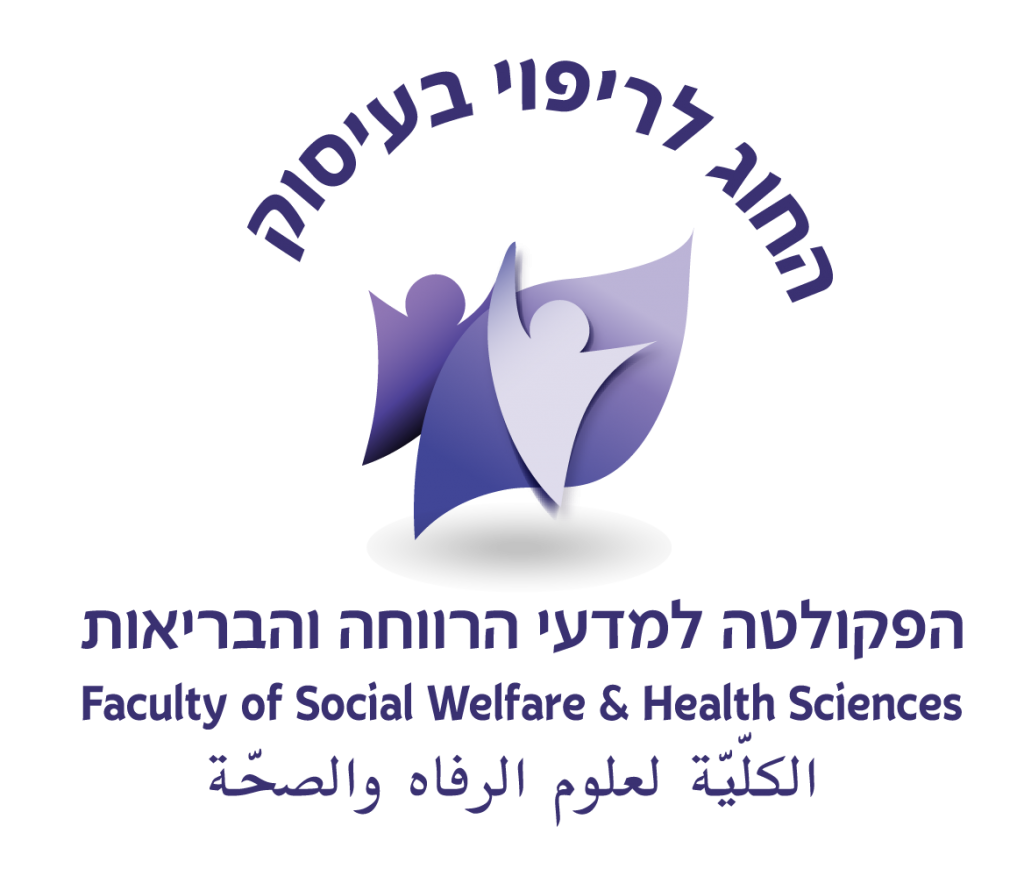Models regarding health promotion, functioning, and participation
Have you ever wondered how you know what to do when you eat?
How do you know how to turn on the washing machine?
Who taught you to walk properly?
In the daily routine, when everything is normal, there are daily actions that we just know how to perform. We learned from others ,we found our way to do the things that are important to us and also those that simply have to be done to manage a daily schedule. But what happens when something goes wrong?
In the past, the concept was that if something goes wrong, such as an illness or injury, the doctor must correct the situation, and provide a solution to the problem.
Toward a different way of referring to health, a document was published in 2001. Throughout the document, the concepts emphasize the importance of assessing a person’s condition beyond their physical state. Those concepts and their relationships are grouped into a model called the International Classification of Functioning, Disability, and Health (ICF).
As a result, the model allows professionals from different fields to communicate, which improves a person’s quality of life.
In occupational therapy, the focus has always been on the person, the meaningful occupation they engage in and their environment. These factors affect the person’s functioning and their participation in the occupations that are significant for them.
An example of such a model is the Canadian model which describes the connection between a person, occupation, and environment.
Based on these models, the laboratory conducts studies concerning the day-to-day life of the person and how the person participates in various activities, emphasizing motor, sensory, cognitive, and emotional aspects.
The following questions will be asked:
- How does the person behave in different environments?
- Does the person have the necessary abilities to achieve their goals?
- Does the person have clear goals?
- Does the activity/assignment have to be done within a certain time?
Assessments developed in the laboratory ask these questions, and you can learn more about them, along with the tools themselves, on the assessments page.
The laboratory’s head, Prof. Sarah Rosenblum, led many studies over the years that culminated in a model illustrating what occupation is through a graphic representation. This model is called Day-Fun-Home and describes how a person functions in everyday life, based on two central points – who he or she is, and what the person usually does (activities and participation).
Rosenblum, S. (2017) Towards Daily Function Homeostasis: A Conceptual Health Framework and Keys for Action, Journal of Family Medicine and Disease Prevention.
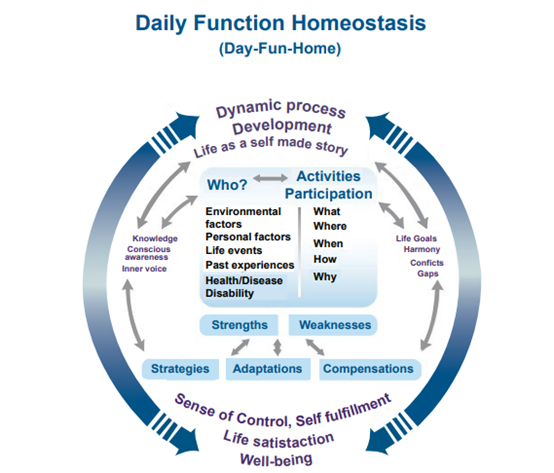
Each person creates their own functional path story. Occupational therapy makes it possible to look at health as a broad concept, and examines – what a person goes through in their day-to-day life. What requires investing unusual energy? Does a person live their life in harmony? Is it possible to locate sources of pressure? Is it possible to invest in prevention? In improving the quality of life?
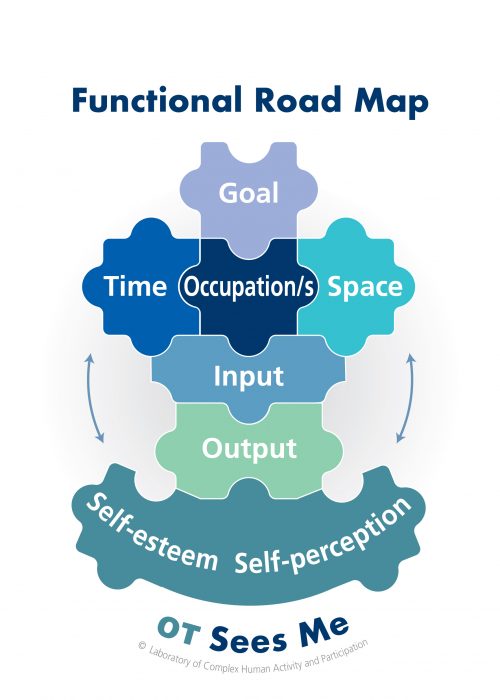
UN’s stainable Development Goals - SDG
In keeping with the United Nations’ goals for sustainable development, the information presented on the website promotes social and environmental sustainability.
Among the SDGs are:
